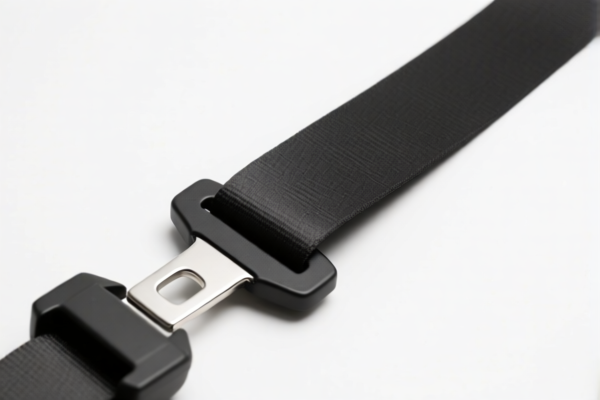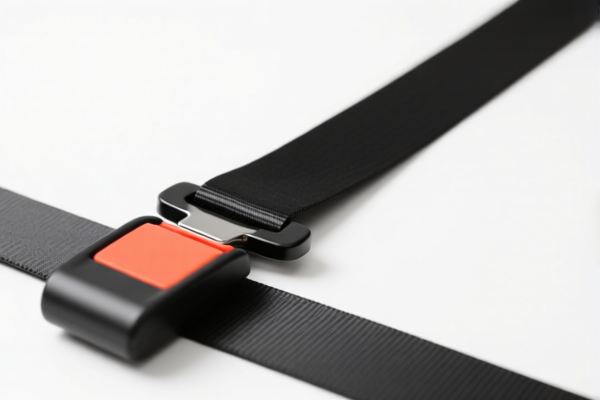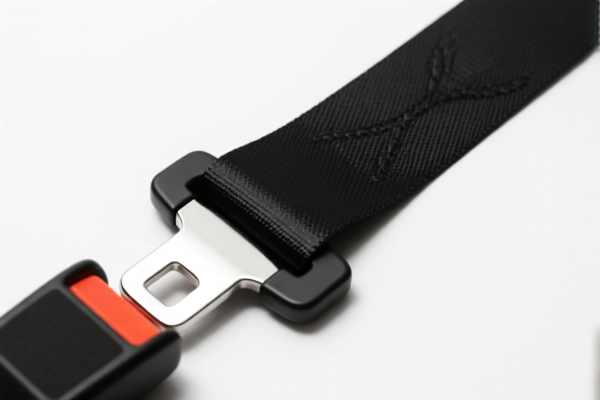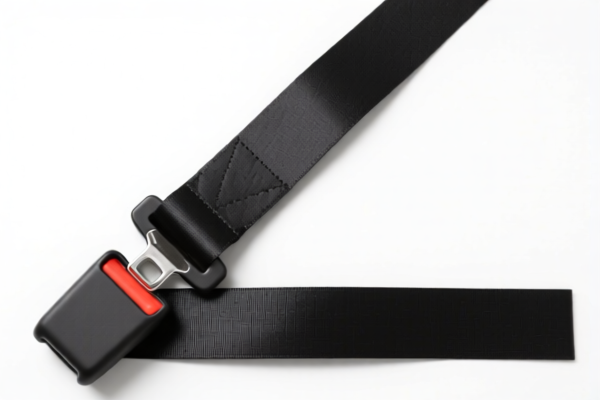| HS Code | Official Doc | Tariff Rate | Origin | Destination | Effective Date |
|---|---|---|---|---|---|
| 8708210000 | Doc | 57.5% | CN | US | 2025-05-12 |
| 3926909989 | Doc | 42.8% | CN | US | 2025-05-12 |
| 8308909000 | Doc | 57.7% | CN | US | 2025-05-12 |




Okay, let's break down the classification and tax implications for your "SEAT BELT" declaration. Here's a detailed analysis of each HS code provided, designed to help you understand the potential duties and requirements.
Important Note: The correct HS code is crucial for accurate duty assessment and smooth customs clearance. The following analysis assumes the descriptions provided accurately reflect the exact nature of the seat belts you are importing. If there are variations in materials, construction, or intended use, the HS code may need to be adjusted.
1. HS Code: 8708.21.00.00 – Parts and accessories of motor vehicles; bodies (including cabs): Other parts and accessories of bodies (including cabs): Safety seat belts
-
Breakdown of HS Code:
- 87: Vehicles, aircraft, and parts thereof. This chapter covers a broad range of transportation-related items.
- 08: Parts and accessories of motor vehicles. Specifically focuses on components used with vehicles.
- 21: Other parts and accessories of bodies (including cabs). This narrows it down to parts related to the vehicle's body structure.
- 00.00: Safety seat belts. This is the most specific classification for seat belts designed for vehicle use.
-
Tax Implications:
- Basic Duty: 2.5%
- Additional Duty (Tariff): 25.0%
- Additional Duty (Tariff) - Post April 2, 2025: 30.0%
- Total Tax: 57.5%
-
Key Considerations:
- Vehicle Specific: This code is best suited for seat belts intended for installation in vehicles.
- Certification: Seat belts for vehicle use often require compliance with specific safety standards (e.g., ECE R16, FMVSS 209). Please verify the required certifications for your destination market. You will likely need to provide documentation proving compliance.
- Material: The material composition of the seat belt (e.g., polyester webbing, metal buckles) doesn't change this HS code unless it significantly alters the product's function or classification.
2. HS Code: 3926.90.99.89 – Other articles of plastics and articles of other materials of headings 3901 to 3914: Other: Other Other
-
Breakdown of HS Code:
- 39: Plastics and articles thereof. This chapter covers a wide range of plastic products.
- 26: Other articles of plastics. This narrows it down to plastic items not specifically covered elsewhere.
- 90: Other. This is a residual category for plastic articles not fitting into more specific classifications.
- 99.89: Other Other. This is a very broad "catch-all" subcategory.
-
Tax Implications:
- Basic Duty: 5.3%
- Additional Duty (Tariff): 7.5%
- Additional Duty (Tariff) - Post April 2, 2025: 30.0%
- Total Tax: 42.8%
-
Key Considerations:
- Material Focus: This code is likely applicable if the seat belt is primarily made of plastic and doesn't meet the requirements for vehicle-specific classification (8708.21.00.00).
- Functionality: If the seat belt is used for non-vehicle applications (e.g., industrial safety harnesses, luggage straps), this code might be appropriate.
- Broad Category: Because this is a very broad category, customs officials may scrutinize the declaration more closely. Be prepared to provide detailed documentation about the seat belt's composition, function, and intended use.
3. HS Code: 8308.90.90.00 – Clasps, frames with clasps, buckles, buckle-clasps, hooks, eyes, eyelets and the like, of base metal, of a kind used for clothing or clothing accessories, footwear, jewelry, wrist watches, books, awnings, leather goods, travel goods or saddlery or for other made up articles; tubular or bifurcated rivets, of base metal; beads and spangles, of base metal: Other, including parts: Other
-
Breakdown of HS Code:
- 83: Miscellaneous articles of base metal. This chapter covers a wide range of metal items not specifically classified elsewhere.
- 08: Clasps, buckles, etc. This narrows it down to metal fastening devices.
- 90: Other, including parts. This is a residual category for metal fastening devices not fitting into more specific classifications.
- 00: Other. This is a very broad "catch-all" subcategory.
-
Tax Implications:
- Basic Duty: 2.7%
- Additional Duty (Tariff): 25.0%
- Additional Duty (Tariff) - Post April 2, 2025: 30.0%
- Total Tax: 57.7%
-
Key Considerations:
- Component Focus: This code is most appropriate for individual buckles, clasps, or other metal components of a seat belt, not the complete assembled seat belt.
- Material: The base metal composition (e.g., steel, aluminum, zinc alloy) doesn't change this HS code unless it significantly alters the product's function or classification.
- Intended Use: If the buckles/clasps are sold separately for use in various applications (e.g., clothing, luggage), this code might be appropriate.
Recommendations:
- Verify Material Composition: Confirm the primary material of the seat belts.
- Confirm Intended Use: Is the seat belt specifically designed for vehicle use?
- Check Certification Requirements: Research the safety standards and certifications required for seat belts in your destination market.
- Review Single Invoice: If you are importing complete seat belts and individual components separately, ensure your invoice clearly identifies each item and its corresponding HS code.
- Consider a Binding Ruling: If you are unsure about the correct HS code, you can request a binding ruling from your local customs authority. This will provide a legally binding classification for your imports.
Disclaimer: I am an AI assistant and cannot provide definitive customs advice. This information is for general guidance only. You should consult with a qualified customs broker or consultant for specific advice tailored to your situation.
Customer Reviews
No reviews yet.